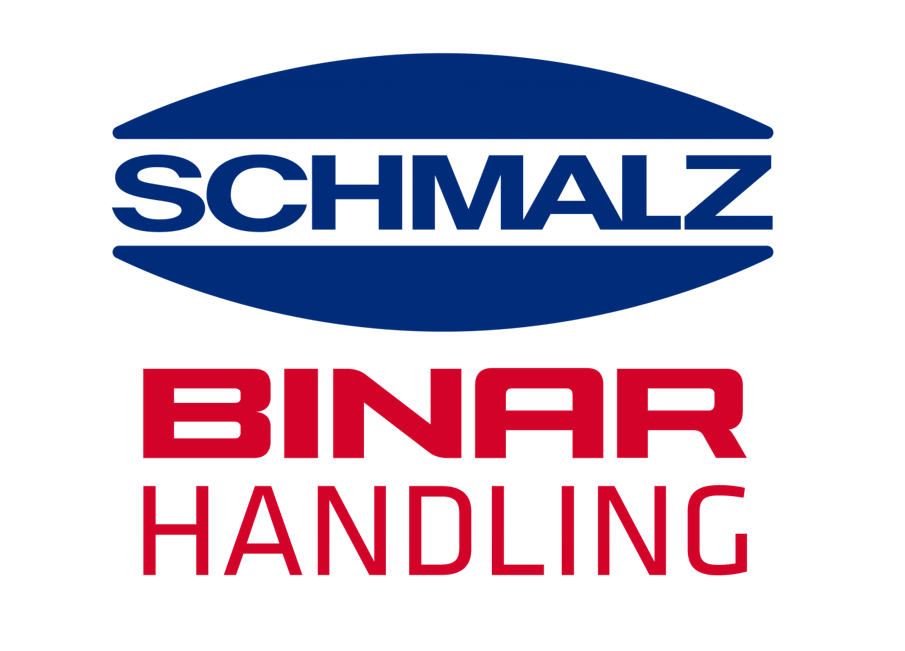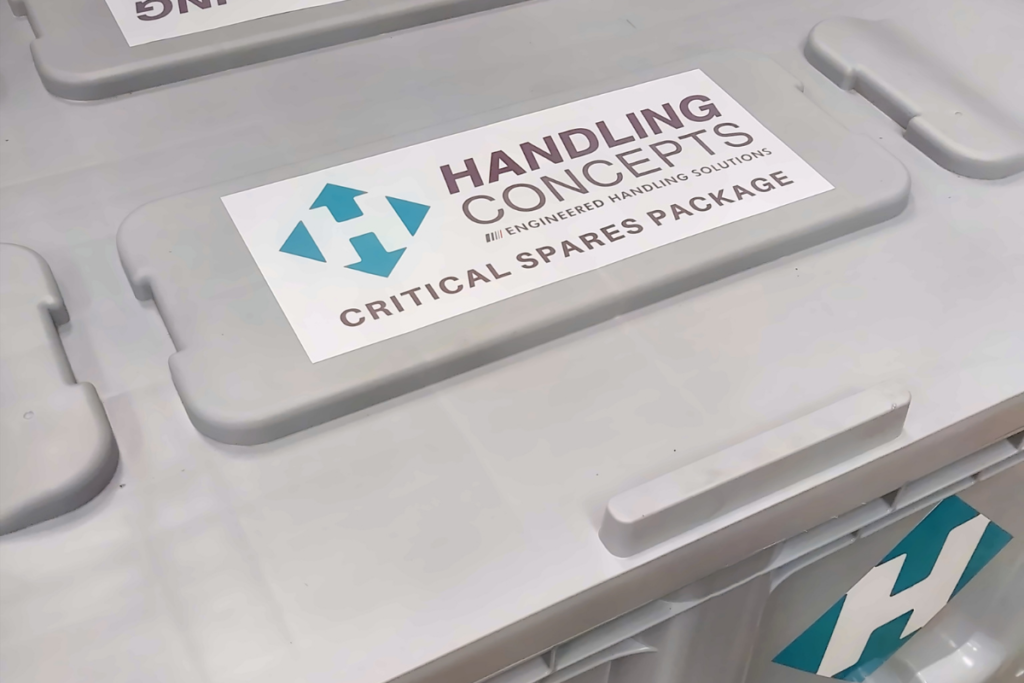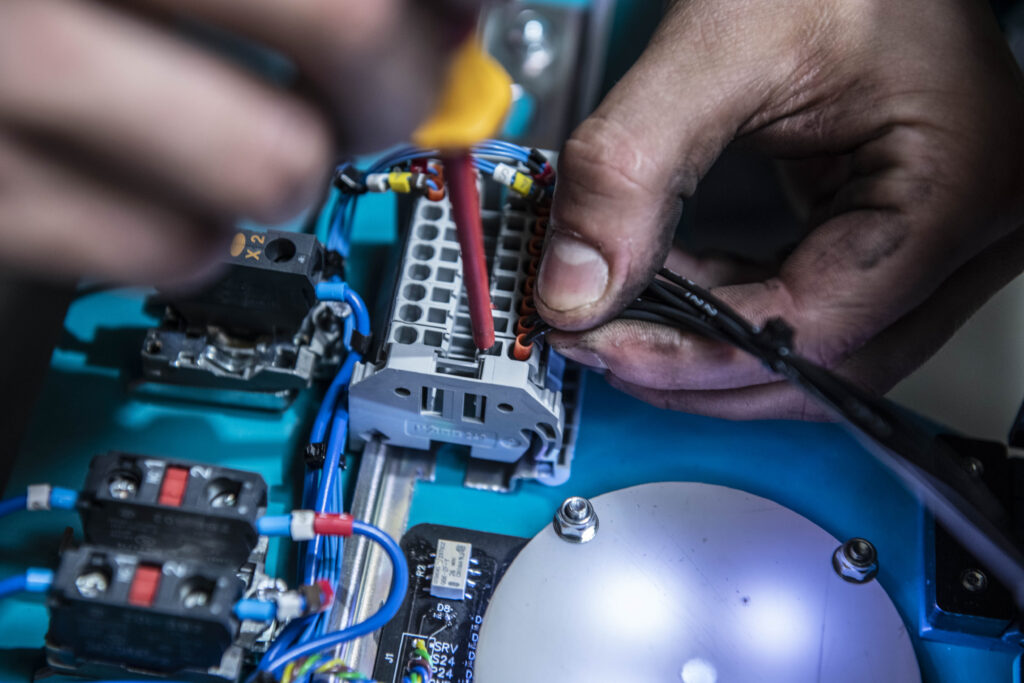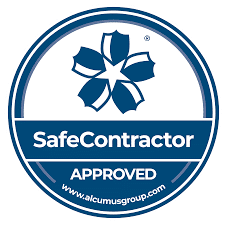How to Improve Material Handling Equipment Safety
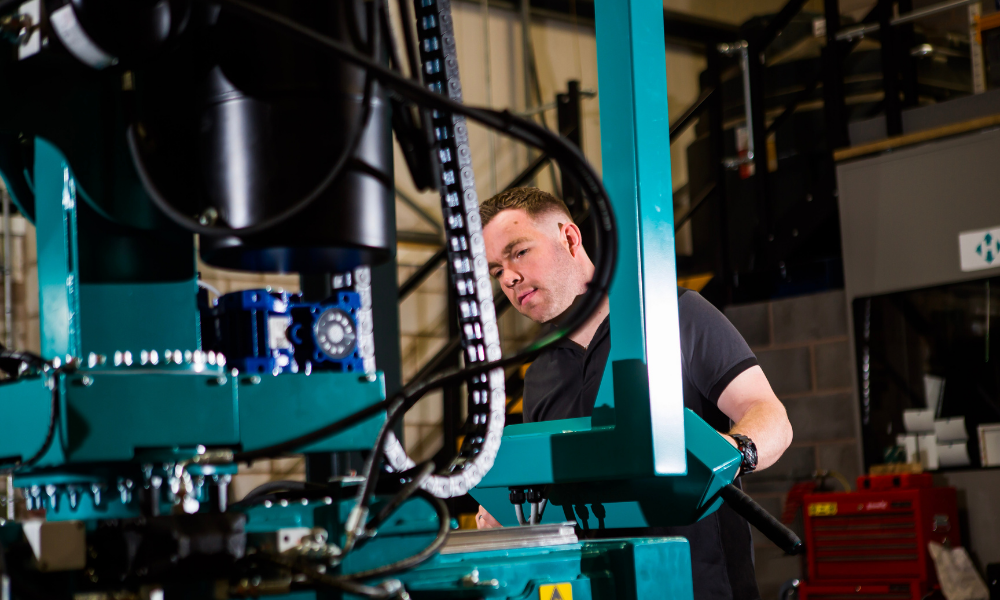
There is no doubt that material handling equipment is essential for businesses of all sizes. From lifting and moving heavy items to packing and shipping materials, this equipment can help your business run more smoothly and efficiently. However, it is important to remember that with any material handling equipment, if not used correctly, it can cause injuries and accidents. In this blog, Handling Concepts shares tips on how to improve safety when using material handling equipment.
Only allow trained workers to operate the machinery
There are many types of material handling equipment, ranging from scissor lift tables to industrial manipulators. It is important that any new operators are given adequate training to ensure that they are safe whilst using it. As an employer, you are responsible for providing health and safety training for your staff, but for dedicated training of your material handling equipment, it is best delivered by the supplier of your equipment.
Training will help reduce the risk of injury to workers and prevent damage to your products.
Carry out pre-work inspections
Carrying out inspections of your equipment before each shift can help you to prevent breakdowns. Just as you would check a ladder before climbing it, the same caution should be taken when using material handling equipment. Before using the equipment, check that all the bolts and screws are tight. There is no wear and tear on core parts, nothing is loose or out of place, and all oil levels are correct.
By creating an inspection plan to identify key areas where wear and tear is likely, you will be able to flag up issues before they arise, which will help you to reduce the disruption of equipment failure and risk of injury.
Know your load
To ensure material handling equipment is fit for purpose, each piece of machinery is marked with its safe working load, “SWL”. This is the maximum weight your equipment can handle safely. If your application requires adding other items to your load, e.g., filling a container, you should note that the weight of your load will change. It is important to operate within the SWL of the equipment to reduce the risk of accidents.
You should also have checks in place to ensure that your load is secure and stable during your lifting operation. If the load becomes unbalanced, it is likely to fall whilst you are operating the equipment, which could lead to injury or damage.
Park your equipment when not in use
Good housekeeping is important. Ensure that you consider where you will store your material handling equipment when it is not being used. Regardless of the size of the device, it should be stored in a place where it will not present a hazard to passers by. Also, ensure that lighting and signage are clear and unambiguous.
Consult with material handling experts
Material handling equipment is a valuable asset, but it is important that it is used safely. This guide offers some useful tips about how to use handling equipment, but if your team is not experienced or familiar with this type of machinery, consulting with an expert will help you.
If you are looking for more advice and information about how to safely operate material handling equipment, you will find it in the library of blog posts on the Handling Concepts website or you can complete the contact form and one of our team will call you back.
Handling Concepts is a leading provider of materials and industrial handling equipment. Founded in 1994, you can rely on over 25 years of experience, providing mechanical handling solutions for businesses in the UK and internationally. You will benefit from pragmatic advice and innovative solutions from a team that is passionate about improving your productivity safely.
Contact the Handling Concepts team today by clicking the link below.

